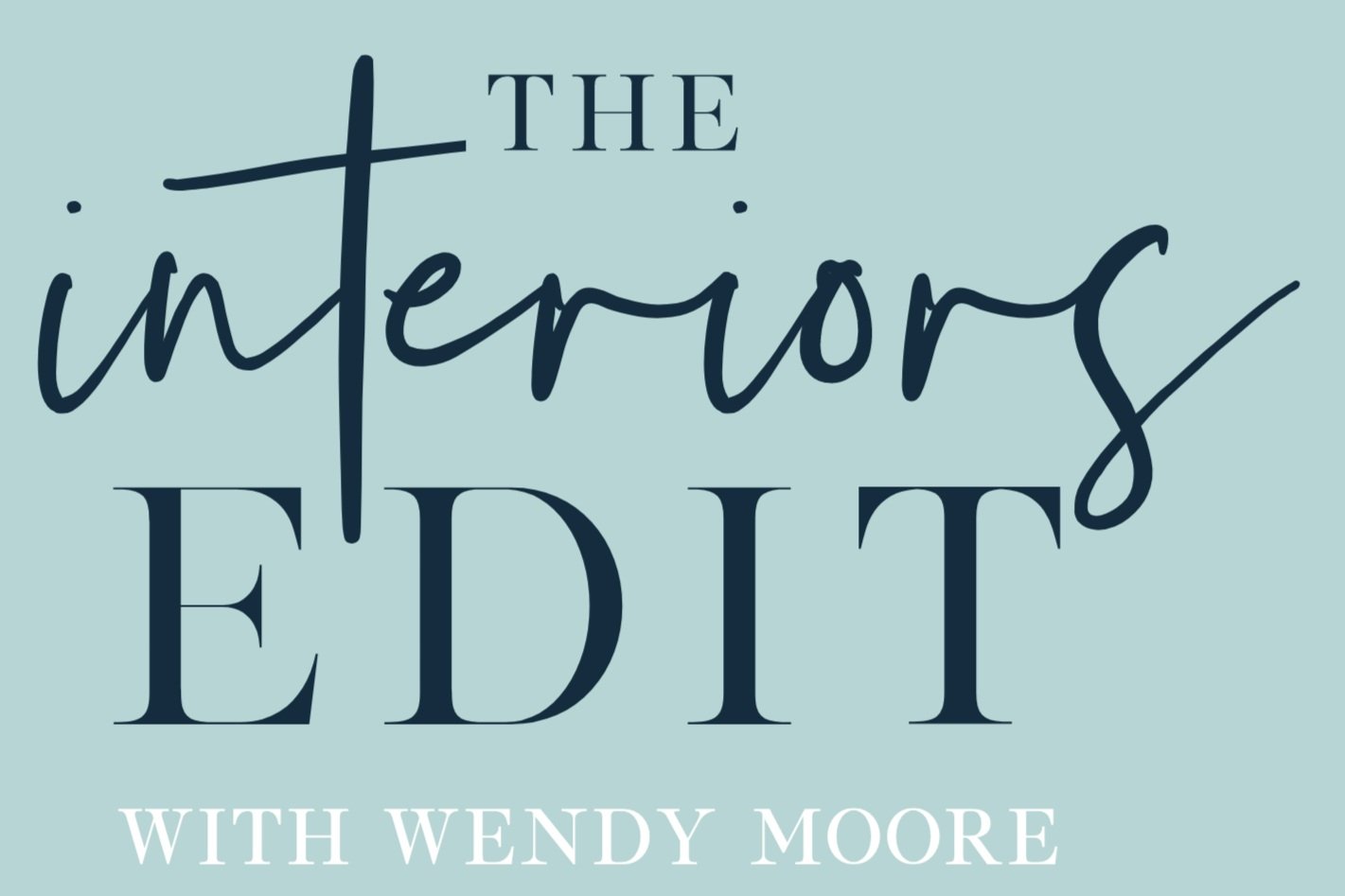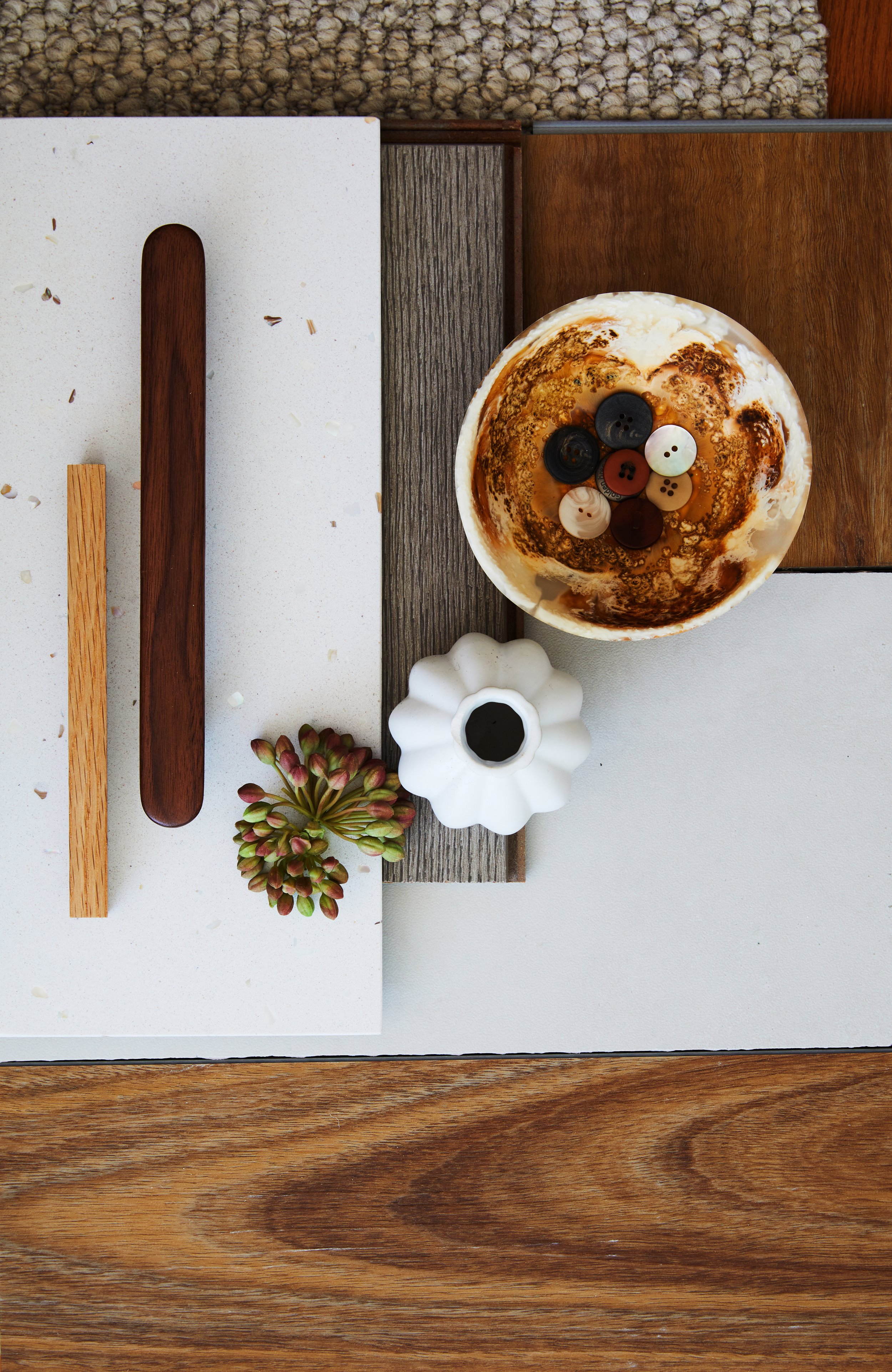How to make a moodboard
Wendy Moore shares how to define your interiors style
When you’re dreaming of a new space, starting the process can be completely overwhelming. There’s so many different styles, products and materials to choose from - you quickly suffer decision fatigue! I’m here to help you feel confident by starting right at the beginning - by figuring out what you actually want.
Photography The Interiors Edit for Brickworks
Finding your style inspiration made easy
Uncovering your personal style is the first step in defining the design direction or overarching theme of your kitchen design. Everyone’s taste is different, and I’d encourage you to invest some time and thought into this first step of the process.
Do you like colours in warm tones or cooler tones? If you love tones that lean towards yellow or mustard, pink, red or maybe burnt orange, you’re in the warm camp. Or perhaps you’re a fan of soothing blues and greens, neutral greys or even black. If you’re already lost - take a step back and learn more about colours and their undertones here.
Now let’s talk style - some colour palettes will naturally lend themselves towards particular styles. Think monochromatic modern spaces warmed up with timber, or pinky-grey Scandinavian inspired spaces with blonde timbers.
The best way to pin down your style is to start scrolling online, pinning any and every image you love to a Pinterest board. When you take a step back and look at the images you’ve collected, your style story should start to emerge. Particular themes, surfaces, materials, colours and styles will dominate the board - these are the ones that speak to you! I’m also a bit old school and like to tear pages out of magazines and lay them all out on a bench - seeing them all together like that can make it easier to start grouping them and letting your style reveal itself.
“Don’t self edit - just gather as many images as you can, of any room or image you love. It could even be an artwork, such as a landscape you find inspiring” ~ interiors expert Wendy Moore
Photography Laura Adai/Unsplash
Building a moodboard
The next step is to turn your inspiration into a functional moodboard that can drive your design. You’ll need colour and material samples that you can consider together in real life, in natural light. Focus on the details, like hardware, appliances and tiles. It’s time to start visiting showrooms and collecting samples. You can also use online tools to build your moodboard, whether it’s an edited Pinterest board or a tool like Style Sourcebook.
Key inclusions on any moodboard
You’ll know your moodboard is complete when you’ve factored every element of the design. And of course, this can andwill change based on the particulars of your space, and what functionality it needs.
Paint Everyone loves a trip to the hardware store to gather paint sample swatches, or is that just me? Grab as many as your heart desires - you can narrow it down and try out sample pots once you’ve seen it all together on your moodboard.
Flooring Herringbone timber and tiled floors are trending now, but maybe you’re dealing with existing flooring? Be sure to add it to your moodboard, as the tone will need to work with your overall palette. Carpet samples are essential too.
Hardware Brushed brass, polished nickel, or matte black; what’s your favourite? Nickel is my pick, but I love the instant texture brass can bring.
Surfaces Moodboarding a kitchen? Benchtops or built-ins can be stone, timber, ceramic and even polished concrete, with tiled or glass splashbacks or a singular material that carries up the wall. Make sure you research the pros and cons of each, and don’t be afraid to mix and match surfaces according to functionality. For instance, natural stone makes a great statement on an island, while stainless steel is super durable for a prep area.
Cabinetry From classic Shaker and beadboard profiles to minimalist handle-free or glass-fronted doors, there are many options to consider. My rule is - the more cabinetry you have, the more simple the profile should be - too many details can just get too busy for comfort.
Soft furnishings Window dressings to couch fabric belongs on your moodboard, too - its a rich tapestry of colour and texture that will all come together in the end!
Designing your room
Now you know not just your style story but your dream key inclusions, it’s time to start designing. Visit design companies to start the process. While your dream space may not have factored budget, this part of the process will, and you may have to make some decisions about what can go and what will stay. Keep referring to your moodboard to keep your vision top of mind.





